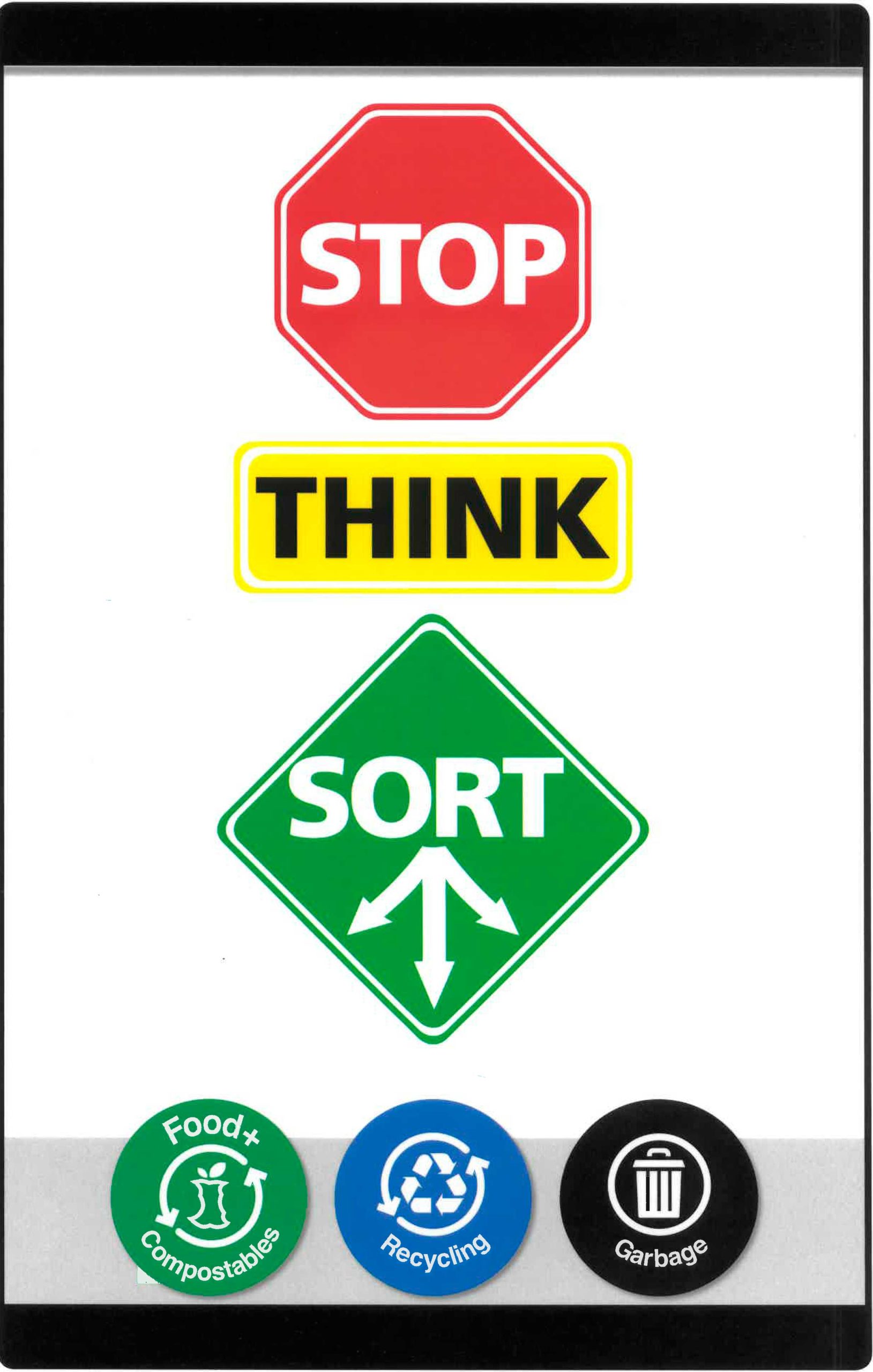We used to be able to sell our waste, but now nobody wants it – some places are even shipping it back to us
By Morf Morford
Tacoma Daily Index
It would be easy to make the argument that people have always recycled.
Who doesn’t have parents or grandparents who save or re-use jars, containers or egg cartons?
How many of us remember a childhood where it was common to pick up or return soft drink bottles to a local grocery store?
Anyone still have milk delivered in a box on your front porch?
You can still buy milk at a few stores in glass bottles that can be returned for a deposit.
And how many of us, especially in Tacoma, religiously bring reusable bags with us each time we go grocery shopping?
And what about big stores like Costco that reuse boxes instead of using shopping bags?
Since so many of us have recycling as an almost ingrained habit, why is it a problem?
Why is garbage ending up in our oceans and waterways at record numbers, choking fish and wildlife and even, at the micro level entering our food chain in everything from salt (1*) to salmon? (2*)
Some even say that nano-particles of plastic are in our blood.
You would not think picking up after ourselves would be so difficult.
And most of us would never imagine that so much of our garbage not only is not recycled but ends up in our food and water.
Even most of what is, at least by most of us, recycled, ends up in the waste stream. And like any stream, the waste stream keeps moving.
Some companies – and some entire countries – are taking on recycling in a serious way. (3*)
And they need to – especially when it comes to plastics. By several estimates, if we continue our current practices, by weight there will be more plastic than fish in the oceans by 2050.


Only about 5% of plastic is recycled. The rest ends up just about anywhere.
There are a couple of problems with plastics that set them apart from any other garbage; first, they are just about everywhere – and on (or in) everything from shoes to food and drinks. Ever try going a day without handling plastic products? I can’t do it.
Another problem is that many of these plastic products are so convenient that we can’t imagine life without them.
What would replace plastic produce bags for example? Or shrink wrap on all kinds of products from fresh produce to industrial and building products?
Yet another problem is that there are many kinds of plastic designed for very specific uses – and that require a completely different recycle strategy.
Toothpaste tubes for example, are very different from other types of plastic. We all use them, but what should we do with them?
It turns out that Colgate has a program to reuse all tooth related products from toothpaste tubes to toothbrushes and floss containers. You can find more about their program here – https://www.terracycle.com/en-US/brigades/colgate#how-it-works.
On a nationwide level, South Korea, Austria, Belgium, Slovenia, Sweden, and Switzerland have overall recycling rates above 50%.
The USA, nationwide has a recycle rate of about 35%.
If you want to check out a film documentary on the ever-presence of plastic, you can use most public libraries to see one here.
Better than recycling is the re-use of containers. Some stores allow you to bring in and use your own containers. Here’s a partial list of stores in Washington – https://www.litterless.com/bulk-food-guide/washington.
We used to sell our plastic waste to several countries, but that was when we were a bit more diligent in our screening of what went into our recycle bin. Now, no one wants our garbage, and some, like Indonesia, Malaysia and The Philippines are even sending it back.
To see more on what happened to recycling and what to do about it, I recommend this article (https://www.theguardian.com/us-news/2019/jun/17/recycled-plastic-america-global-crisis) or this one (https://www.homepreservationmanual.com/who-killed-recycling-in-america/).
To keep updates on Tacoma recycling policies, keep an eye on this website –https://www.cityoftacoma.org/government/city_departments/environmentalservices/solid_waste/recycling.
When it comes to paper for example, you can recycle newspapers, magazines, catalogs, phone books, clean paper bags (handles are OK; remove receipts), white and colored paper (lined, copier, computer; staples are ok), mail and envelopes (any color; window envelopes are ok)
Do not include: Paper towels; napkins; coffee cups; paper plates; wet, greasy, or soiled paper; paper with wax or plastic coating – these are not recyclable and should go in the garbage.
In short, do what your momma always told you – clean up after yourself.
(2*) https://www.theguardian.com/lifeandstyle/2017/feb/14/sea-to-plate-plastic-got-into-fish
(3*) You can see a profile of five companies here – https://www.forbes.com/sites/justcapital/2018/04/20/these-5-companies-are-leading-the-charge-on-recycling/#7b4864023ecc








